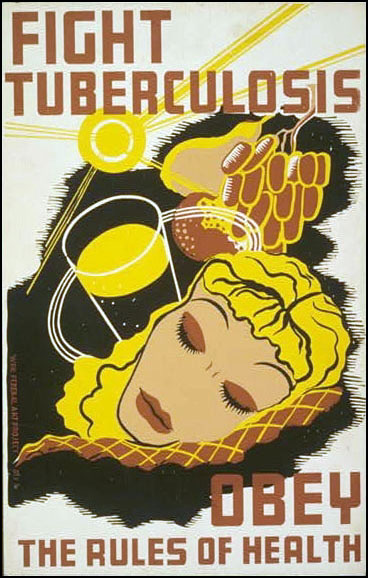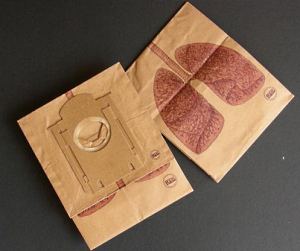Power failure kills woman who spent 50 years in iron lung
I never took care of anyone who was in an iron lung, but I did see one in action on a patient at UVa many years ago. The main thing I remember was that the huge piston which provided the actual pressure gradient to cause ventilation. As I recall, the vent sheets were different because an iron lung is so different from a mechanical ventilator.
The family of a Tennessee woman who spent more than 50 years in an iron lung says she has died after a power failure shut down the machine that kept her breathing.
Dianne Odell said she died early Wednesday. The 61-year-old had been confined to the 3.5-metre-long machine since she was stricken by polio at 3 years old.
Brother-in-law Will Beyer said family members were unable to get an emergency generator working for the iron lung after a power failure knocked out electricity to the Odell family’s residence near Jackson.
Ms. Odell spent her life in the iron lung, cared for by her parents and other family members. Though confined inside the apparatus, Ms. Odell managed to get a high school diploma, take college courses and write a children’s book.
Any of our readers ever manage an iron lung?
Background on iron lungs, which includes some interesting links to other iron lung information.
David Blaine and Apnea
The David Blaine holding-his-breath stunt is pretty amazing, and rather scary. It looks like he pulled it off with rigorous training, and lots of medical supervision. Time has a good wrap up in How David Blaine Held His Breath:
With or without pure oxygen, holding your breath is a difficult and dangerous pasttime even for elite athletes. When not done carefully, it can lead to drowning, or to potential tissue damage in the heart, brains or lungs. Preliminary results from Potkin’s research into apnea’s long-term effects show some abnormal brain scans among young, extreme free divers. There’s still much to learn about the phenomenon; as a medical student, Potkin recalls, he was told that no one could hold his breath for more than five minutes without suffering brain damage. Now, he wants to see if the technique can be used for medical purposes — and he’s hoping Blaine’s latest stunt provides the impetus for a greater scientific understanding of how to hold one’s breath.
Dr. Potkin is on staff at the Beverly Hills Center for Hyperbaric Medicine.
Have any of the RTs out there worked with people doing this kind of training?
I’d imagine when this goes wrong, it goes really wrong.
Test Post from BlogDesk
This is a test blog post using BlogDesk. this is only a test.
world copd day
I had not heard of World COPD Day, but here it is: World COPD Day.
Also, This is a test post to see if I can post using Windows Live Writer.
Home Made Ventilators used during the Polio Epidemic
I recently posted a piece on my own blog about the use of home made ventilators during the polio epidemic of the late 1940s and early 1950s. Here is the link.
Home made Polio Epidemic Ventilators
The need for ventilators was greater than the supply, and it appeared that many people especially children would die as a result. Some of the original inventors and developers of ventilators including Drinker, produced designs for ventilators that could be built from easily obtainable components and constructed by craftsmen. These home built ventilators were used to save the lives of people who could not obtain a commercial ventilator to use in this emergency. There are pictures and assembly drawings of these ventilators.
Oxygen + Smoking = Problem
Don’t do this please! Smoker, 90, critically burned as oxygen tank ignites
A 90-year-old Ypsilanti woman was criticially injured Thursday when the oxygen system she was using to breathe caught on fire while she was smoking.
Firefighters responded to the 400 block of West Michigan Avenue around 11:30 p.m. to find the woman and her couch on fire. The woman sustained second- and third-degree burns on most of her body and was taken to the University of Michigan Hospital. Her condition was unavailable Friday.
The woman was involved in a similar fire in May while she was smoking, but she was not hurt, firefighters said.
Damage at the apartment was estimated at about $1,000, firefighters said
Bill Fralick, RT Recruiter; healthcarescouts.com
I got this email recently:
My name is Bill Fralick and I am the Director of the Respiratory Therapy division for Healthcare Scouts and a respiratory therapist. I am looking for Respiratory Therapists nationwide. Healthcare Scouts are the premier career advisors for RT’s nationally. Give me a call at (800) 708-0605 ext 128 or visit our website www.healthcarescouts.com to find out what career opportunities we can guide you to!
RT Jobs in Virginia Beach
Delores Jacobson wrote:
We are looking for CRTs and RRTs for our staffing agency in Virginia Beach. Do you know of any sites that cater to Respiratory Techs that have “Help Wanted†listings? If you know of a site or are intrested in securing employment as a CRT or RRT in Virginia Beach-Hampton Roads area, please email me at djacobson@arcadiaservices.com or call 757-497-6459. Thanks!

